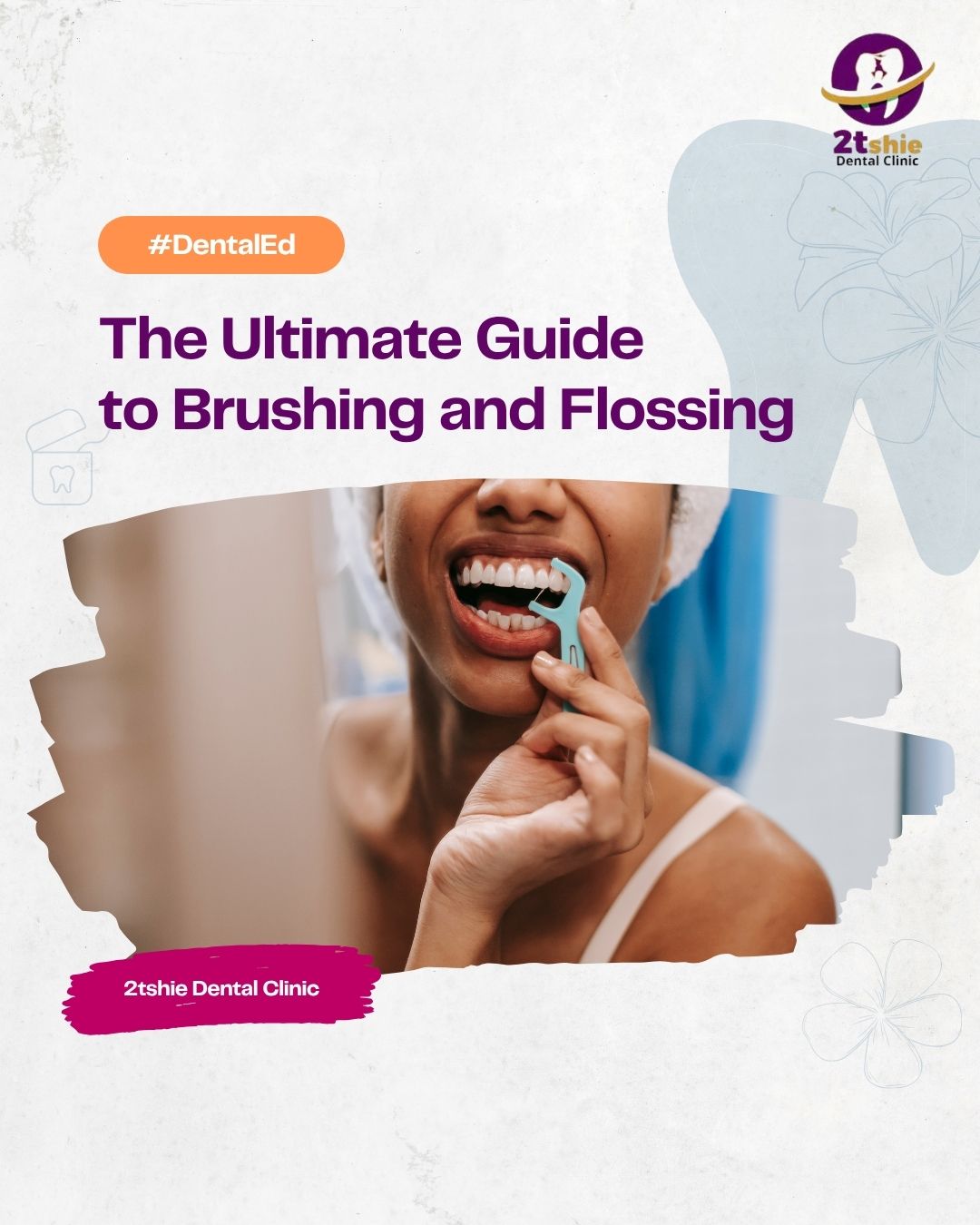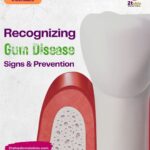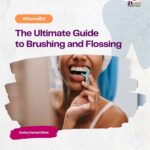
Brushing and flossing are the foundations of excellent oral health. While these may seem like simple daily habits, doing them incorrectly or inconsistently can lead to a host of dental problems from cavities and gum disease to bad breath and tooth loss. This guide breaks down everything you need to know to master brushing and flossing the right way.
Why Brushing and Flossing Matter
Your mouth is full of bacteria, both good and bad. When food particles and sugars linger on your teeth, they create the perfect environment for plaque buildup. Plaque is a sticky film of bacteria that can erode enamel (the outermost covering of your teeth) and irritate gums.
Regular brushing and flossing help:
- Remove food debris and plaque
- Prevent tooth decay
- Avoid gum disease
- Eliminate bad breath
- Keep your smile bright and healthy
How to Brush Your Teeth Effectively
1. Use the Right Tools
- Toothbrush: Choose a soft-bristled toothbrush with a small head.
- Toothpaste: Use fluoride toothpaste to strengthen enamel and prevent cavities.
2. Brushing Technique
- Angle your brush at 45 degrees to the gumline.
- Use gentle, circular motions not harsh back-and-forth scrubbing.
- Brush the outer, inner, and chewing surfaces of all teeth.
- Don’t forget your tongue and roof of your mouth to eliminate bacteria.
3. Timing
- Brush twice a day for at least two minutes.
- Use a timer or play a song to ensure you brush long enough.
4. Replace Your Brush
- Every 3 months or sooner if bristles are frayed.
- After recovering from illness.
How to Floss Properly
Flossing removes plaque and food particles from areas your toothbrush can’t reach.
1. Choose Your Floss
- Waxed floss: Easier to slide between tight teeth.
- Unwaxed floss: Thinner but can shred more easily.
- Floss picks or water flossers: Great alternatives for people with limited dexterity.
2. Flossing Technique
- Use 18 inches of floss and wind most around your middle fingers.
- Hold a 1-2 inch section between thumbs and index fingers.
- Gently slide floss between teeth using a zigzag motion.
- Curve the floss around each tooth in a C-shape and slide below the gumline.
- Use a clean section for each tooth.
3. When to Floss
- At least once a day, preferably before bed.
- Floss before brushing to loosen plaque and make brushing more effective.
Common Mistakes to Avoid
- Brushing too hard: Can erode enamel and harm gums.
- Using the wrong brush: Hard bristles can damage teeth and gums.
- Skipping floss: You’re missing 40% of your tooth surface!
- Not brushing long enough: Most people brush for only 45 seconds.
- Ignoring your tongue: It harbors bacteria and contributes to bad breath.
Extra Tips for Optimal Oral Health
- Rinse with an antibacterial mouthwash.
- Limit sugary and acidic foods.
- Stay hydrated to support saliva production.
- Visit your dentist every 6 months for check-ups and professional cleanings.
Conclusion
Brushing and flossing are your first line of defence against oral health problems. By perfecting your technique and making these habits a consistent part of your daily routine, you’re investing in a healthier, brighter smile. Remember, a few minutes a day can save you from costly dental procedures in the future.



